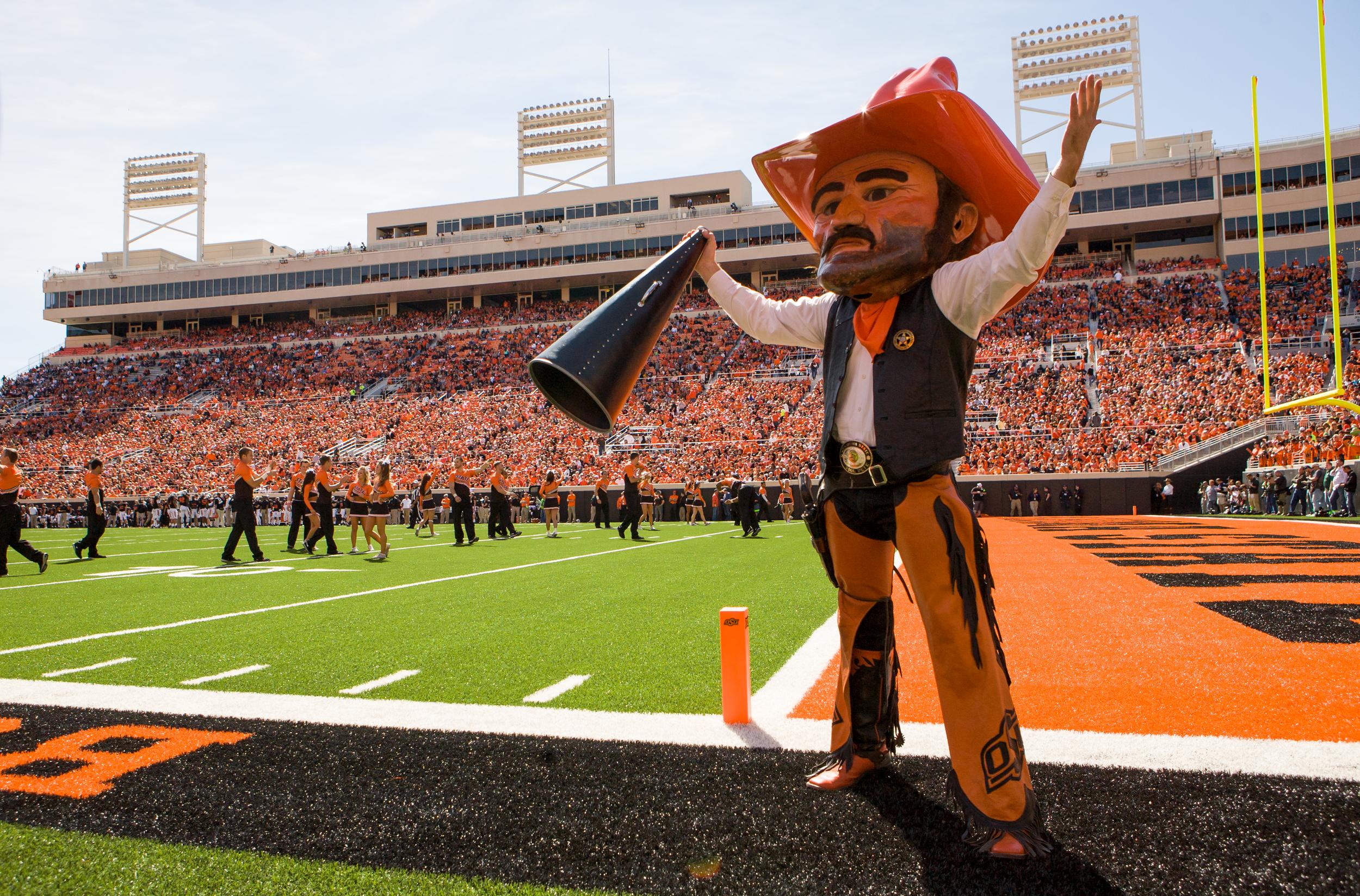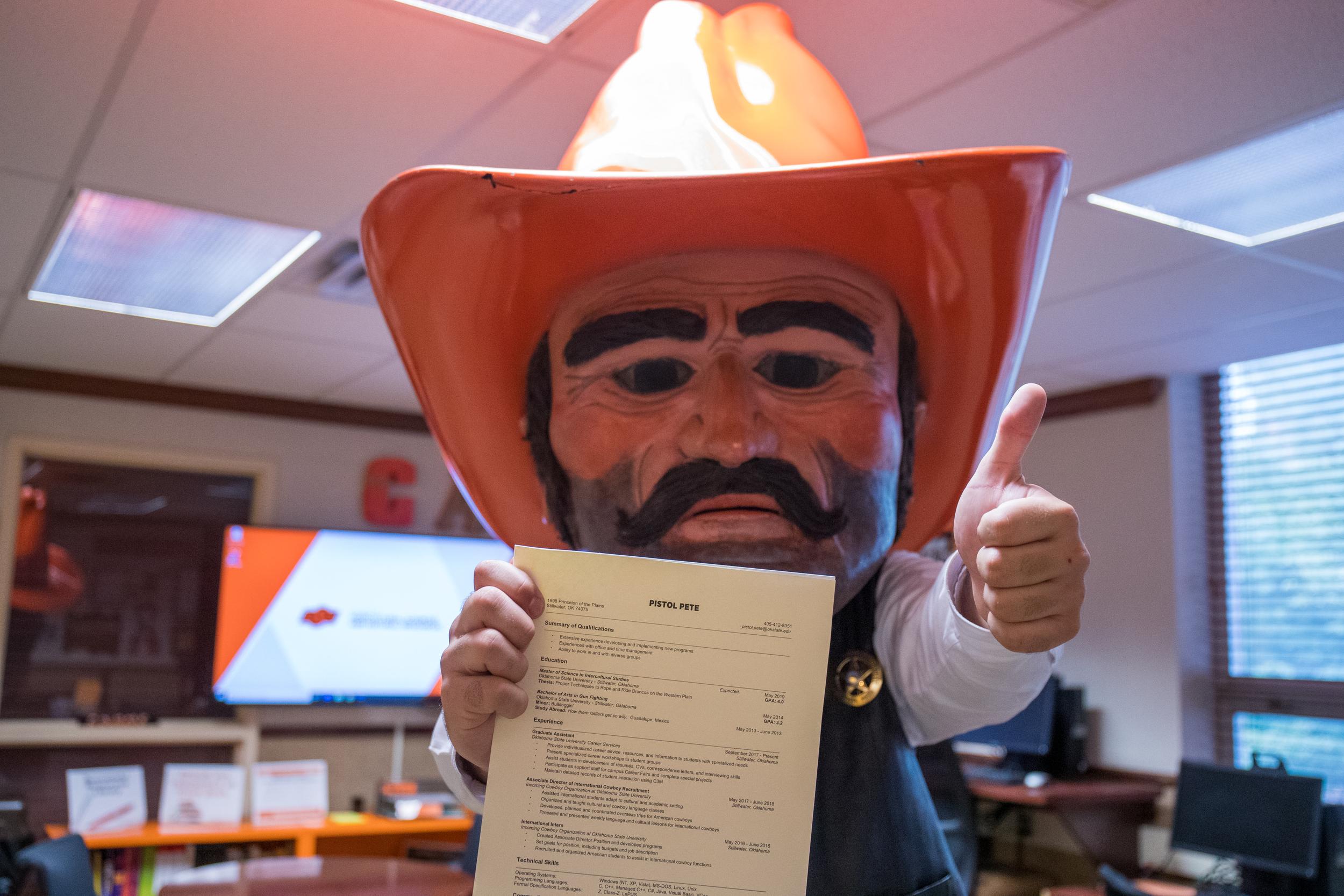16.1 Leadership, Roles, and Problem Solving in Groups
Click below to play an audio file of this section of the chapter sponsored by the Women for OSU Partnering to Impact grant.

“A single leaf working alone provides no shade.” -Chuck Page
What makes a good leader? What are some positive and negative roles that people play in groups? How do groups solve problems and make decisions in order to accomplish their task? This chapter will begin to answer those questions, because leadership and group member roles influence the performance of small groups. Whether you consider yourself a leader or not, all members of a group can perform leadership functions, and being familiar with these behaviors can improve your group’s performance. Likewise, knowing the various roles that typically emerge in a group can help you better understand a group’s dynamics and hopefully improve your overall group experience.

When Pistol Pete initially found himself facing unresponsiveness from his group members for the speech class project, he was disappointed but not disheartened. Drawing upon his role as the spirited and resourceful mascot of Oklahoma State University, he stepped up, demonstrating effective leadership skills that soon propelled him into the role of the group’s leader.
Pete began by setting a clear direction for the project, presenting a tentative plan and outlining potential topics. His initiative served as a starting point, providing a framework for the group’s discussions and actions.
Understanding the importance of open communication, he established multiple channels for discussion, from group meetings to a shared document where everyone could contribute ideas at their own pace. This ensured that every member had an opportunity to express their thoughts and ideas.
However, Pete knew that a group wasn’t just about the leader but about every individual member. He made it a point to involve every group member, assigning roles and responsibilities based on their strengths and interests. He also encouraged each member to contribute to the shared document, fostering a sense of ownership and involvement.
To ensure everyone stayed on track, Pete set up regular check-ins where they could discuss their progress, address any issues, and adjust their plan if needed. He was always available to provide help and support, maintaining an open and positive communication environment.
But Pete also understood that encouragement and motivation were as important as clear roles and regular communication. He made sure to recognize each member’s contributions, highlighting their good work and progress during meetings. This not only boosted their morale but also reinforced the importance of their roles and responsibilities in the project.
Under Pistol Pete’s leadership, the group began to show signs of progress. The once-empty shared document started to fill with ideas, discussions became more active and productive, and the project began to take shape.
Despite the initial hurdles, Pistol Pete’s effective leadership had steered the group towards cooperation and productivity. His ability to lead, motivate, and involve each member had transformed the group’s dynamic, setting them on a path to not just complete their project, but to do it well, embodying the Cowboy spirit of resilience, collaboration, and excellence. How would you have handled a group experience like this one? Would you do it differently than Pete did?

